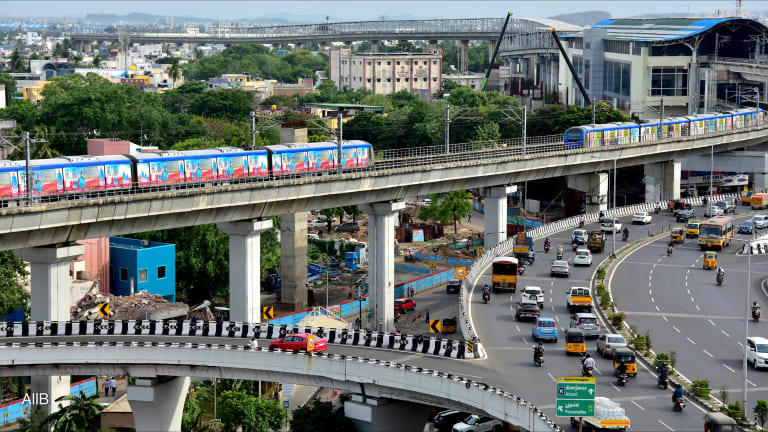In the face of shrinking aid budgets, rising climate vulnerabilities, and persistent development financing gaps, one issue remains underappreciated: How we fund sanitation — specifically products, services, and infrastructure such as toilets, collection, transport, and treatment of waste — and in what currency.
In low- and middle-income countries, millions still lack access to safe sanitation and waste management systems, with dire consequences for public and environmental health, education, gender equality, and economic productivity.
Traditional large-scale sanitation infrastructure, such as sewer networks and centralized treatment plants, often bypass the hardest-to-reach communities. Nonsewered sanitation, i.e., systems that do not rely on pipes to transport waste such as pit latrines or container-based toilets, remains one of the most overlooked and underfinanced development opportunities. Projects such as these offer jobs and markets for toilet construction, maintenance, waste collection, treatment, and reuse.









